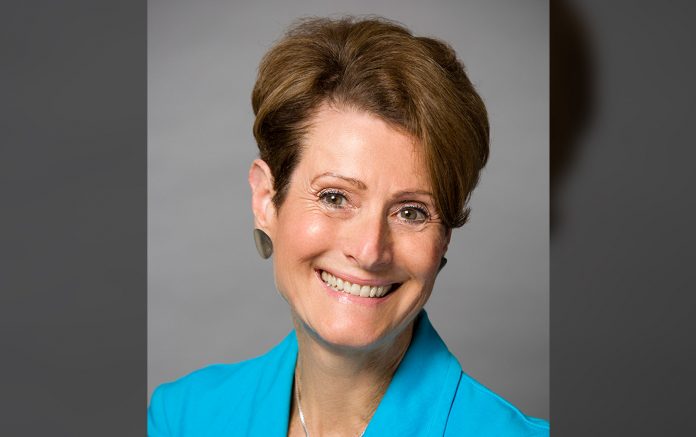By Erik J. MacLaren, PhD
Blue Ribbon Panel of the US National Cancer Advisory Board
During his State of the Union address in January 2016, President Barack Obama announced a new effort led by Vice President Joe Biden to accelerate research into cancer, known as the Vice President’s Cancer Initiative, or the National Cancer Moonshot.1 Among the goals of the Initiative are to identify areas of cancer research in which additional funding could allow investigators to accomplish in 5 years what would normally take a decade. IASLC Lung Cancer News spoke with Dinah Singer, PhD, Acting Deputy Director of the National Cancer Institute (NCI), Director of the Division of Cancer Biology, and Co-Chair of the Blue Ribbon Panel of the National Cancer Advisory Board (NCAB), about how this initiative is moving forward.
Q: What are the timeline, expectations, and priorities of the Vice President’s Cancer Initiative?
A: The president first announced the Vice President’s Cancer Initiative during the State of the Union address in January. In order to advise on the scientific component of the Initiative, the NCI and the National Institutes of Health (NIH) convened a Blue Ribbon Panel of experts on April 4, 2016, to generate recommendations on scientific opportunities and priorities. This panel has 28 members, representing the full spectrum of the cancer community, including researchers, clinicians, private sector representatives, and, of course, advocates. The report generated by the Blue Ribbon Panel is to be completed by August 2016, so our timeline is extremely accelerated.
The Blue Ribbon Panel has established seven working groups to address the different aspects of the cancer research continuum, from tumor biology and tumor evolution all the way through to implementation sciences. These working groups have been charged with identifying unique opportunities in their areas that could benefit from the additional attention and funding that we expect through the Vice President’s Cancer Initiative. In the end, the Blue Ribbon Panel will agree on five to 10 recommendations that could reasonably and feasibly be implemented quickly, so that within 5 years we will actually have results that can be delivered for patient benefits.
Q: How much money is involved in the Initiative, and how do you foresee it being disbursed?
A: The stated goal is to allocate $1 billion to this effort, and about $680 million of this will go to NCI to support cancer research. The funding specifics are really going to be up to the Vice President and to Congress, but our expectation is that the funds will be used to support and implement the recommendations of the Blue Ribbon Panel. The funds will be disbursed in ways that most effectively implement a given recommendation, including traditional grant mechanisms, contracts, and other new mechanisms that we are beginning to consider.
Q: When it comes to research in oncology, there is a dynamic tension between technology and biology. How do you foresee the Initiative addressing this issue?
A: In nearly every recommendation being considered, the science is being pushed forward, but there is also an explicit need for new technologies to make the acceleration possible, or at least to make it as fast as possible. So I see biology and technology as going hand in hand. It is clear from the discussions of the working groups that every idea has a companion technology development requirement, whether for liquid biopsies or for new models of cancer.
Q: Do you have any other comments on the Initiative?
A: It’s important to emphasize how the cancer community has really come together around this opportunity to make a difference in cancer research. There are over 130 people who are actively involved in this, who have put aside time and personal agendas to work together to consider the unique opportunities presented by the Initiative. We also have a website called Cancer Research Ideas2 that invited suggestions from the public in each of the seven areas of the working groups, and there are nearly 600 contributions so far, which can be read by visiting the site. We are looking at these weekly and passing them on to the working groups, as appropriate, so there really has been a huge groundswell of interest and commitment that has been very impressive and gratifying.
We have asked a lot of people for a lot of ideas, and it is important for people to know that we’re seriously considering all of them. Recommendations that are not incorporated into the Initiative for whatever reason are not going to simply be discarded. They will inform the NCI’s budgetary and programmatic decision-making process going forward.
References
1. National Cancer Institute. Cancer Moonshot. 2016;
http://www.cancer.gov/research/key-initiatives/moonshot-cancer-initiative. Accessed June 26, 2016.
2. National Cancer Institute. Cancer Research Ideas website. 2016; https://cancerresearchideas.cancer.gov. Accessed June 26, 2016.











